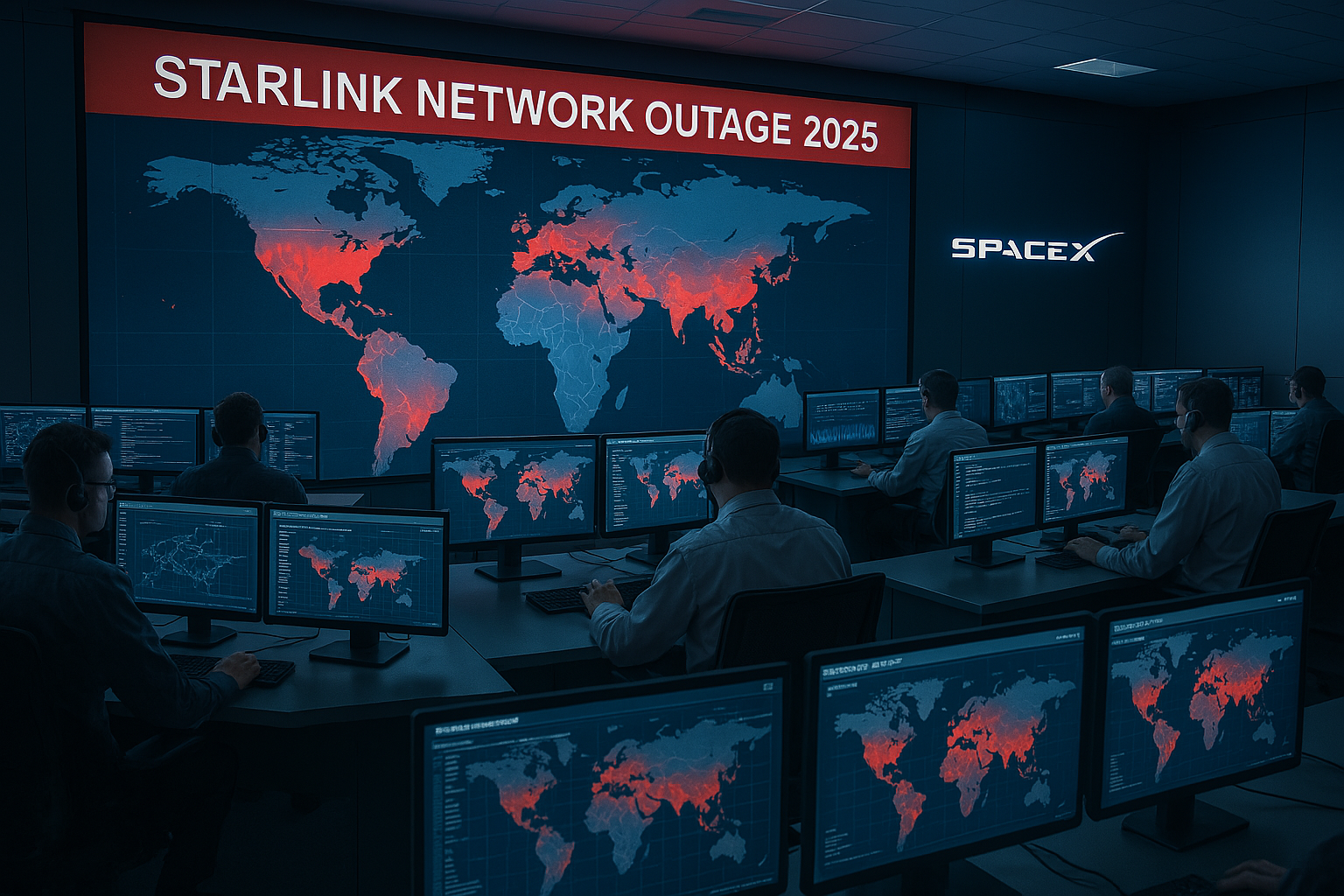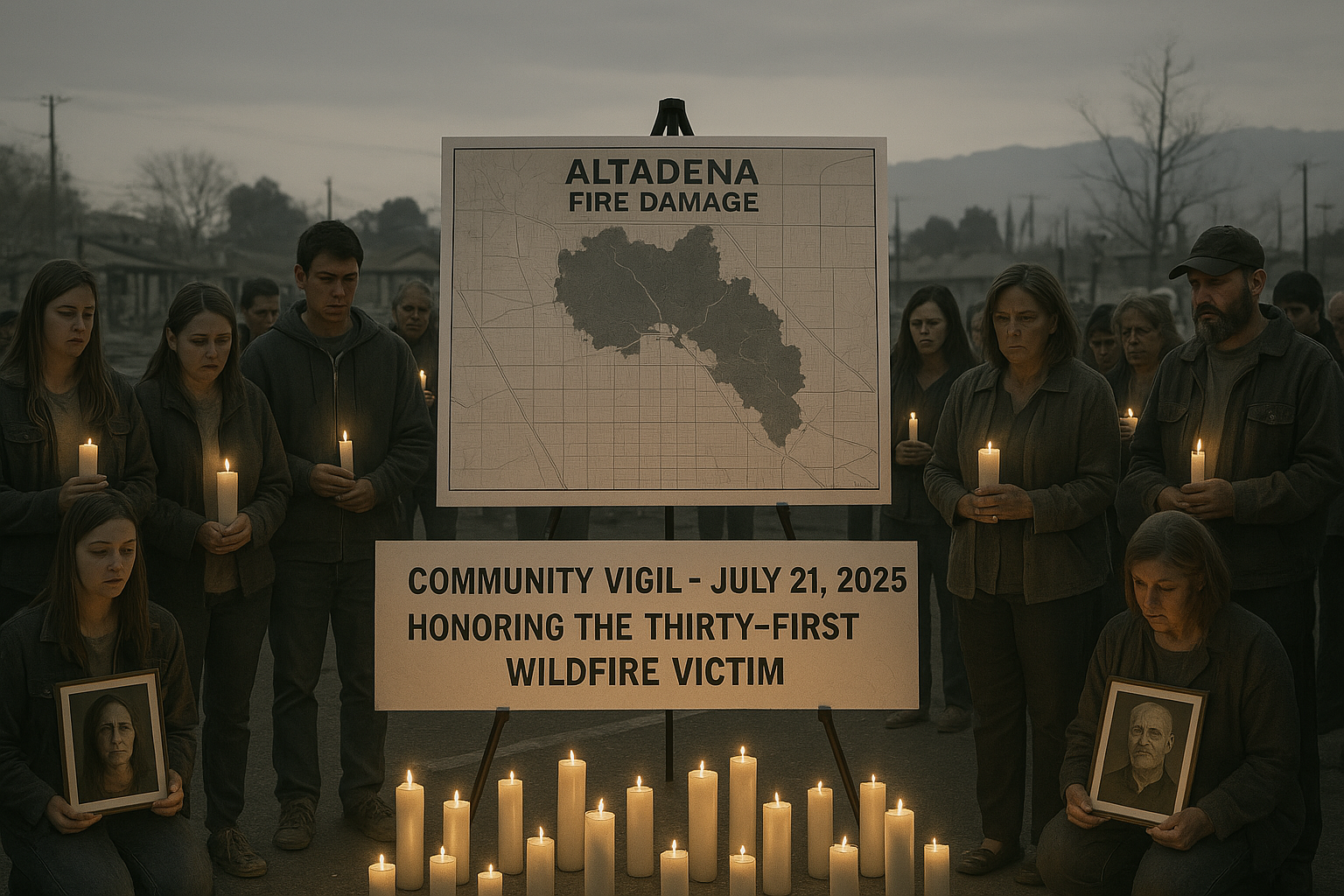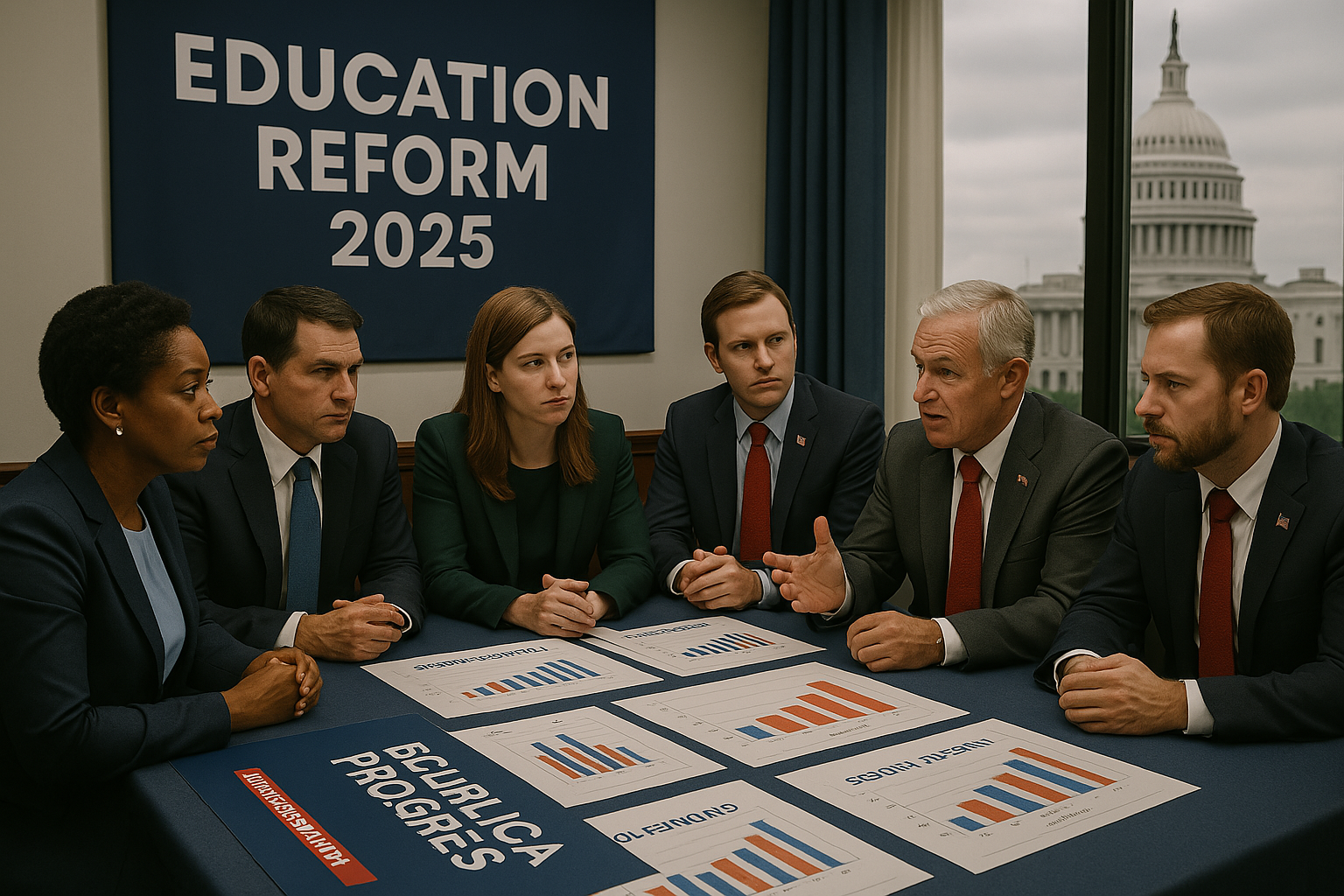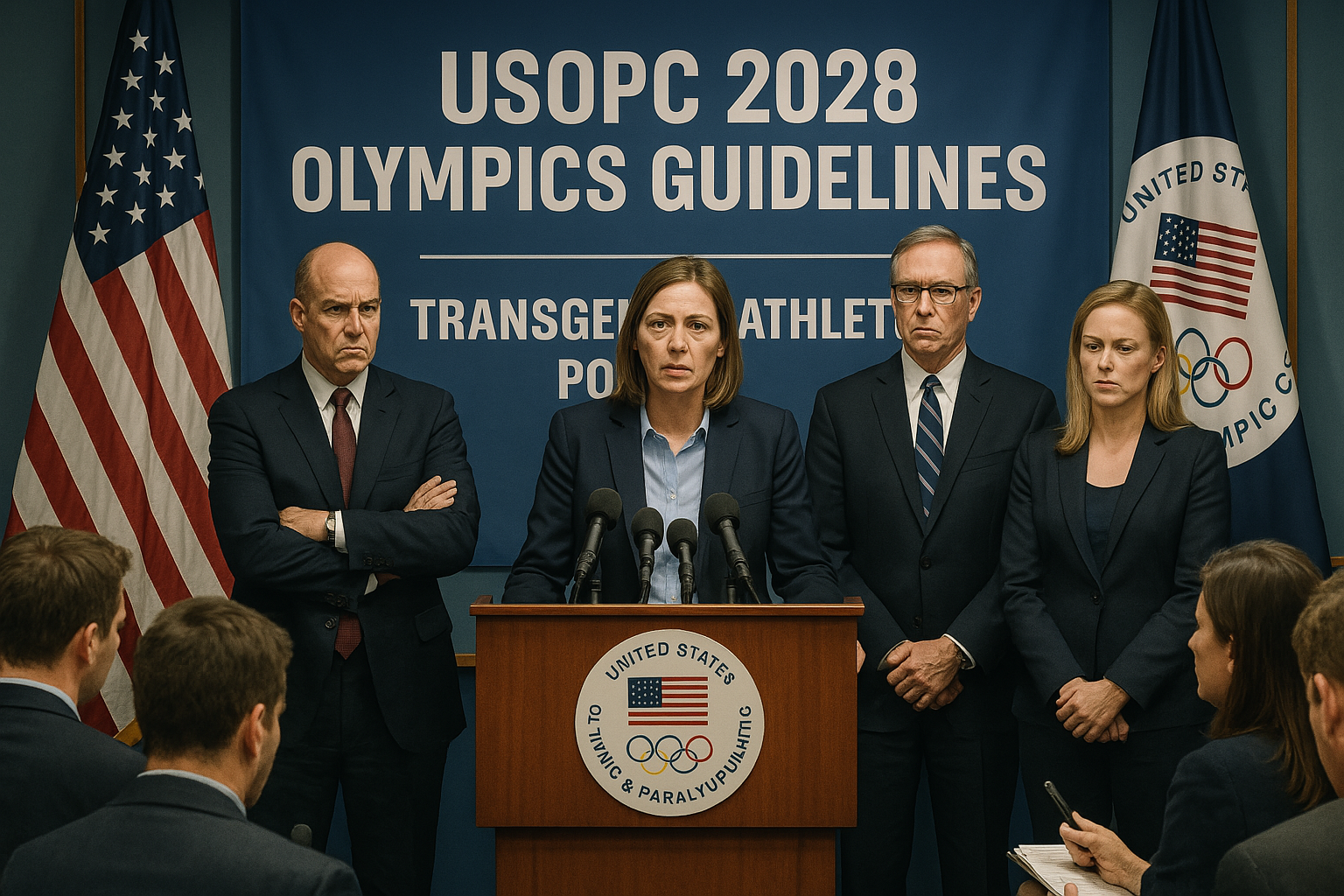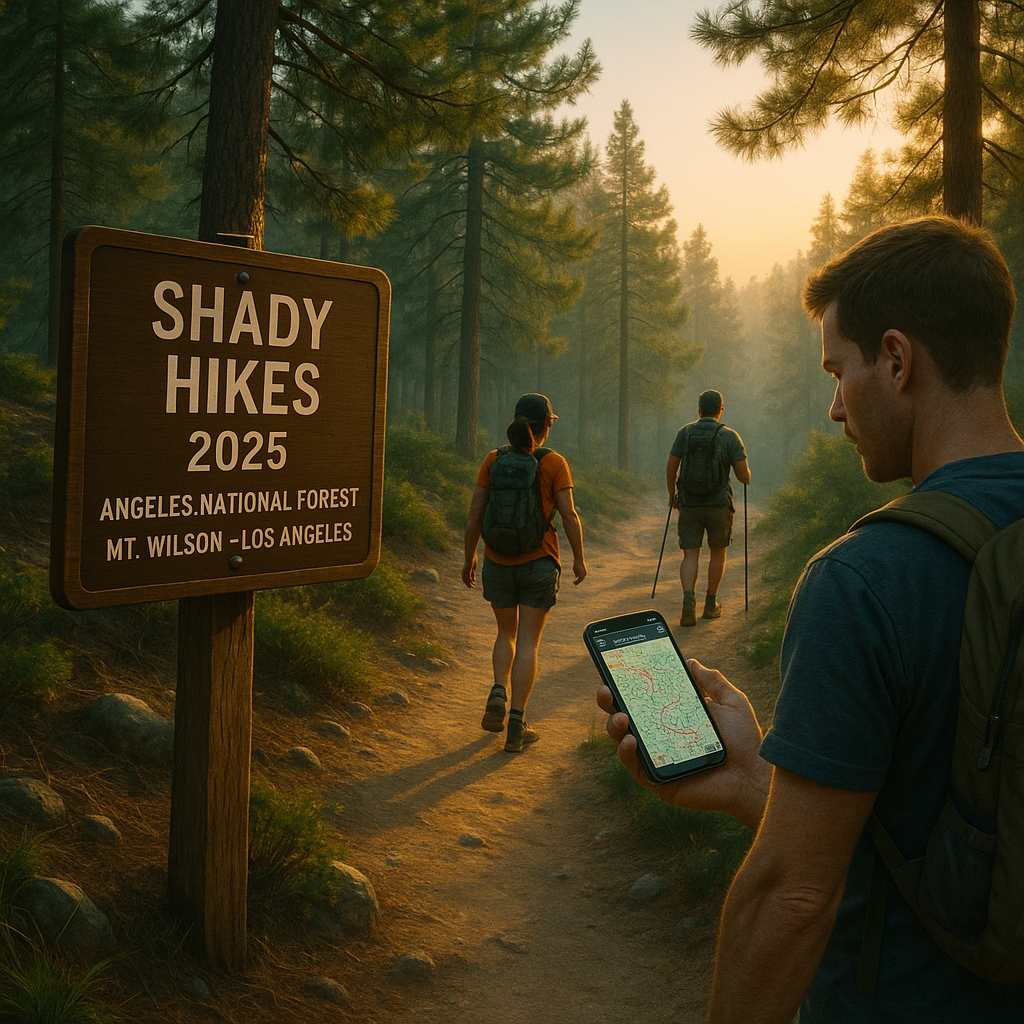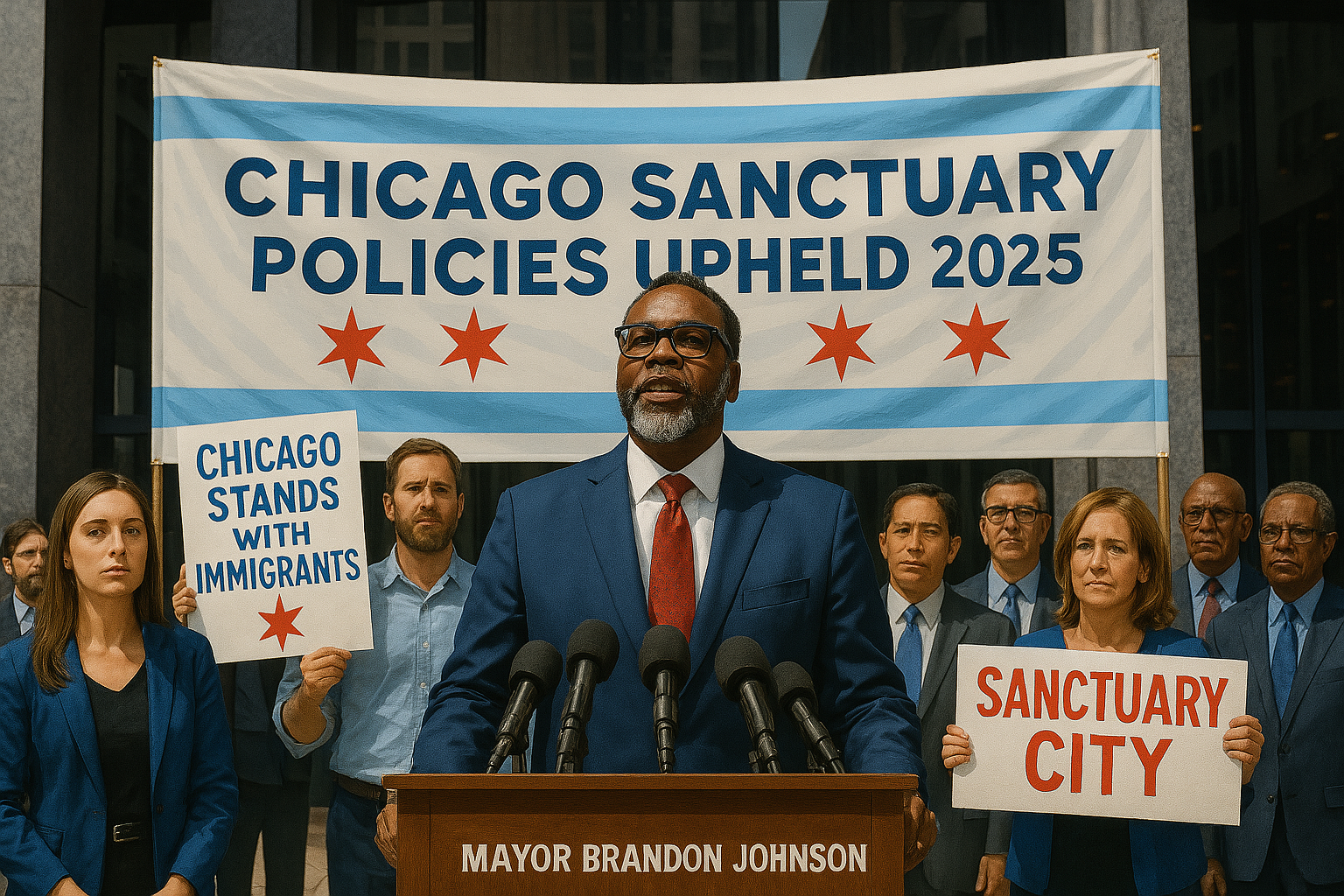New York’s Infrastructure Crisis: Urgent Upgrades Needed in 2025
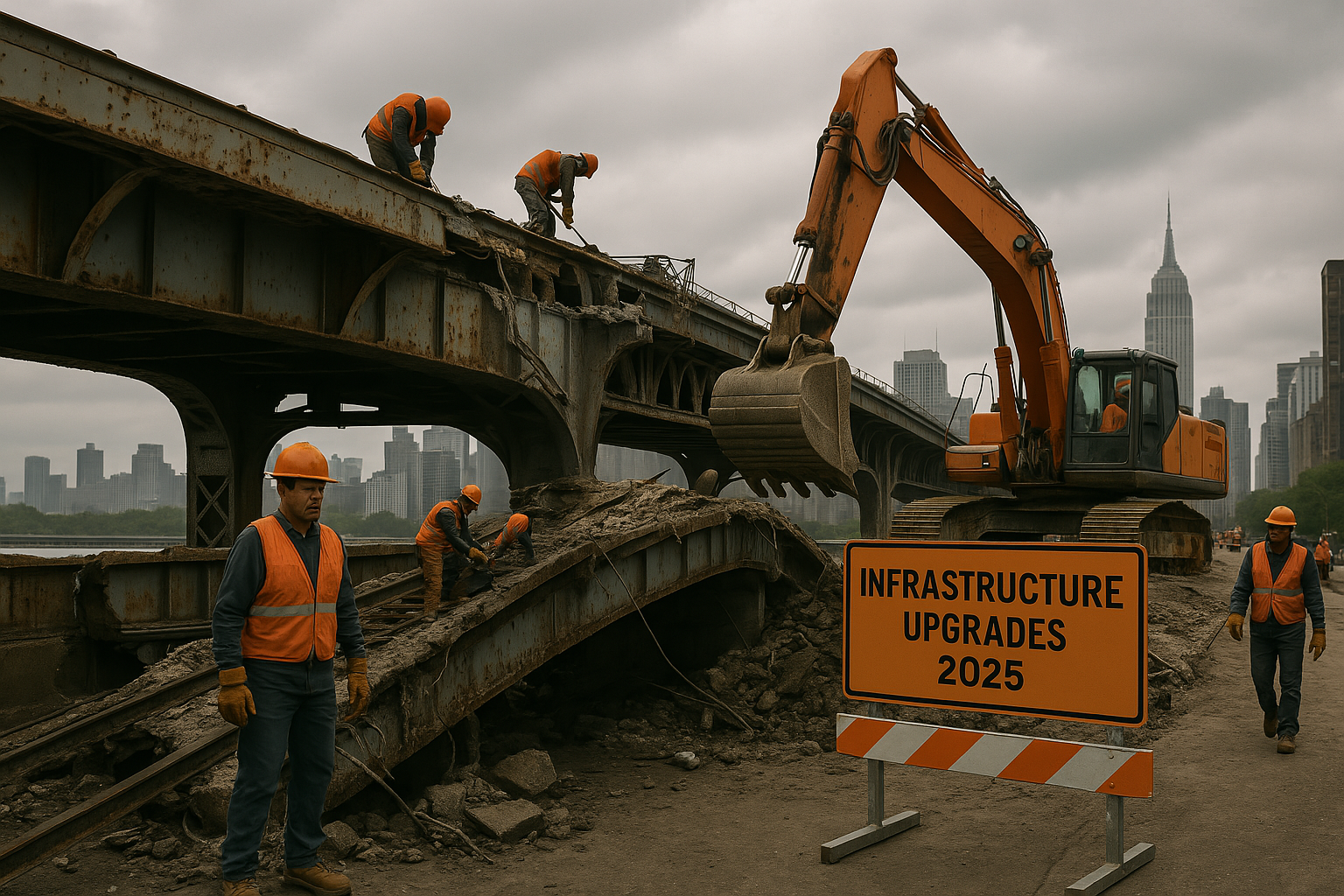
New York’s infrastructure is at a tipping point in 2025, with ageing systems threatening the state’s economic vitality and public safety. From crumbling bridges to unreliable subways and vulnerable power grids, the challenges are immense. The American Society of Civil Engineers (ASCE) assigned New York a C-grade in its 2025 Infrastructure Report Card, noting over 1,000 structurally deficient bridges and a $62.1 billion transit repair backlog. Climate change and population growth exacerbate these issues, demanding urgent upgrades. This article explores the scope of New York’s infrastructure crisis, its impacts, and the innovative solutions proposed for 2025.
The Scope of the Problem
New York’s infrastructure spans transportation, energy, and utilities, but decades of underinvestment have left it struggling. Below, we examine the key areas of concern.
Ageing Bridges and Roads
New York’s bridges and roads are deteriorating rapidly. The ASCE reports that 9.9% of the state’s 17,000 bridges are structurally deficient, posing risks to commuters. Rural bridges, often overlooked, are particularly vulnerable, with some closed due to safety concerns. Roads face similar issues, with 50% in fair or poor condition, costing drivers $7 billion annually in repairs and lost time, per a 2025 New York Times analysis. Recent storms, like those reported on July 20, 2025, have worsened road damage, particularly in upstate counties.
Subway System Struggles
The Metropolitan Transportation Authority (MTA) operates a sprawling subway system serving 5.5 million daily riders, but outdated infrastructure causes frequent disruptions. A 2025 MTA report notes that 20% of trains run late due to 1930s-era signal systems. The Second Avenue Subway expansion, critical for easing congestion, faces delays due to funding shortages. Commuters in Brooklyn and Queens endure daily delays, impacting productivity and morale.
Power Grid Vulnerabilities
New York’s power grid is increasingly unreliable, with outages spiking during extreme weather. The 2024 heatwave left 50,000 households without power, and 2025 storms continue to expose weaknesses, per CBS News New York. Ageing transformers and limited renewable integration hinder resilience. The push for electrification, driven by electric vehicles and AI data centers, strains the grid further, as noted in the ASCE’s 2025 report.
Economic and Social Impacts
The infrastructure crisis has profound economic and social consequences. Economically, delays and inefficiencies cost New York $15 billion annually, per the State Comptroller’s 2025 report. Businesses lose productivity due to transit delays, and tourism suffers when infrastructure fails to meet expectations. Socially, low-income communities, like those in the Bronx, face longer commutes due to underfunded bus routes and deepening inequality. Safety risks are significant, with deficient bridges and outdated electrical systems threatening lives. A July 2025 Long Island incident, where faulty medical equipment injured a patient, underscores related infrastructure concerns.
Proposed Solutions for 2025
New York is mobilising to address its infrastructure crisis through funding, partnerships, and innovation. Governor Kathy Hochul’s $10 billion plan, announced in January 2025, targets key upgrades, though experts estimate a $50 billion need.
Federal and State Funding
Federal support is crucial. The 2021 Infrastructure Investment and Jobs Act allocated $7 billion to New York, but only 60% has been disbursed by July 2025, per the U.S. Department of Transportation. State lawmakers are exploring tax increases and grants to bridge the gap. The $25 million RAISE grant for Olean’s West State Street project, announced in January 2025, exemplifies targeted federal support.
Public-Private Partnerships
Public-private partnerships (PPPs) are accelerating projects. A 2025 Albany pilot allows private firms to upgrade highways in exchange for toll revenue. A Buffalo water treatment plant, modernised through a PPP, serves as a model, per The New York Times. However, critics warn of potential cost increases for consumers.
Green Technology Innovations
Green solutions are gaining traction. Syracuse’s solar-powered microgrids reduce outage risks, and the MTA’s electric bus pilot aims to cut emissions by 20% by 2030. AI-driven traffic management, inspired by Los Angeles’s systems, could optimise roads. Internal Link: Los Angeles Faces Wildfire Preparedness Challenges
Challenges to Implementation
Implementation faces hurdles. Funding disputes between the state and federal governments delay projects. A 15% drop in construction workers since 2023 slows progress, per industry reports. Public opposition to taxes and tolls complicates financing, and environmental regulations add bureaucratic delays. Community resistance in areas like Brooklyn, fearing displacement, stalls transit expansions.
The Path Forward
New York’s infrastructure crisis requires bold action. A bipartisan task force, formed in June 2025, is crafting a 10-year plan. Public engagement through town halls in Rochester and Queens is building support. By leveraging federal funds, PPPs, and green technology, New York can create a resilient infrastructure for 2025 and beyond.
